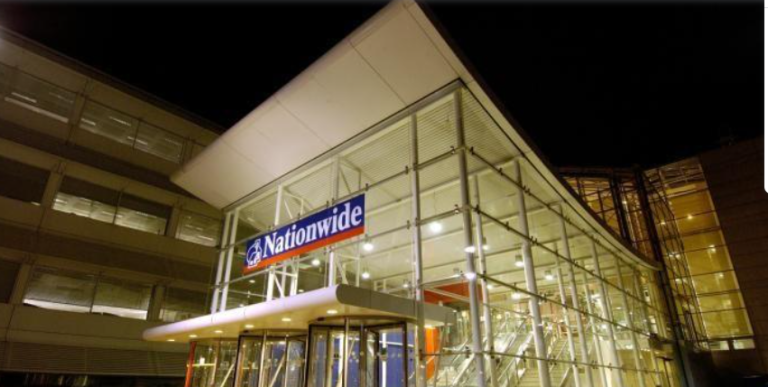Since the Industrial Revolution people have been looking for ways to improve production and distribution. Recent changes in the workforce, and the changing shopping habits of customers have made automation a hot topic. The lowering of costs, and increasing productivity are more important than ever.
Fully automated warehouses are run by machines. Automation is used to automate the entire process, including selecting stock, replenishment, and shipping.

Fully automated systems reduce the costs of labour. This system is especially beneficial for areas with high costs of land and labour.
Land – Since land is at a premium in the UK, automated sites could make use of their height to save valuable space. This also maximises the space available as products can be stored in a more dense manner. For height working, consider PASMA Courses from https://globalflt.com/services/pasma-courses
Reduced Energy Costs – Without people, the costs of energy could be reduced, as operations can continue at lower lighting levels.
Continuous – A site can operate continuously 365 days per year, 24 hours per day.
Reduce workplace accidents: If less workers are present, the risk of injury is reduced. Many industries are plagued by workplace injuries, accidents, and even deaths, particularly those who work in construction, or in close proximity to heavy equipment.

The biggest question is whether it will return the initial investment. This initial investment can be a bit intimidating. There will be substantial savings on land, energy and wages. Those who have an existing warehouse should consider the impact automation will have on their current staff and suppliers.
What are the benefits of adopting part-automation?
Retrofitting a site is an option that can often be cheaper than full automation. Businesses can retain their employees while maximising the available space. This is also a good step towards full automation and making future switches easier.







+ There are no comments
Add yours